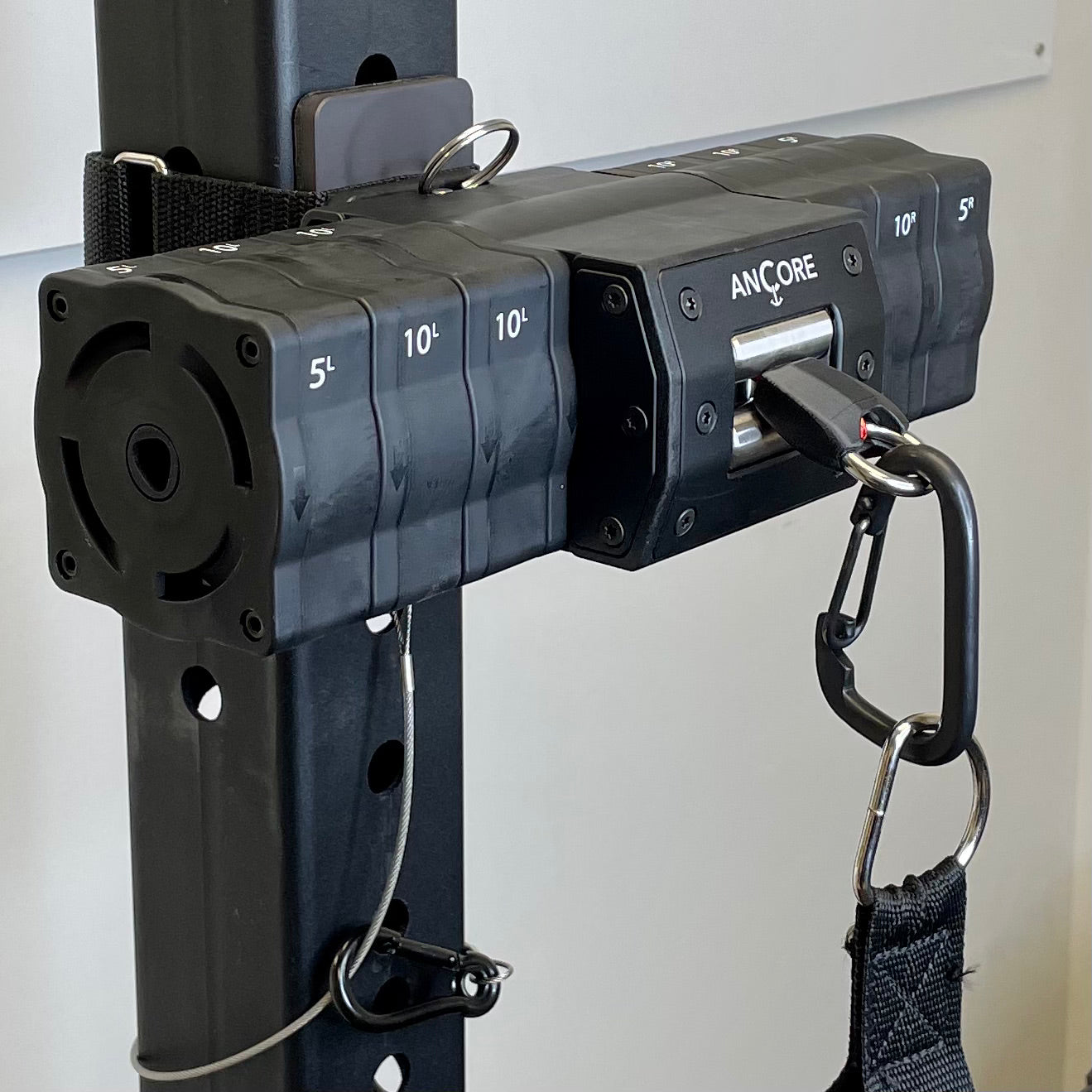Linear and multidirectional acceleration underpins success in professional soccer match-play. However, the physical qualities that determine these performance indicators are poorly understood in elite players. English Premier League players performed isometric mid-thigh pulls, bilateral and unilateral drop jumps, bilateral and unilateral countermovement jumps (CMJ) and assessments of linear and multidirectional (left/right pre-planned and reactive) acceleration. Regression analyses highlighted that 21% of variance in 5-m sprint time was explained by relative peak power output in bilateral CMJ. A 5.4 W·kg increase in CMJ predicted a 0.03 s decrease in 5-m sprint time. For 10-m sprint time, 44% of variance was explained by isometric relative peak force and bilateral relative CMJ PPO. A 5.4 W·kg increase in CMJ predicted reduced 10-m sprint times by 0.04 s. For 20-m sprint time, 55% of the total variance was explained by isometric relative PF and relative CMJ PPO. Increases of 5.4 W·kg in bilateral CMJ predicted an improvement of 20-m sprint time by 0.06 s. Contributions were insignificant for pre-planned and reactive multidirectional acceleration. Relativized indices, especially those related to force production during CMJ and IMTP tests, likely underpin linear but not multidirectional acceleration performance in professional soccer players. When linear acceleration is a training focus, practitioners should seek to monitor CMJ and IMTP test performance.
Predictors Of Linear And Multidirectional Acceleration In Elite Soccer Players

Posted On
0 comments
0 comments

